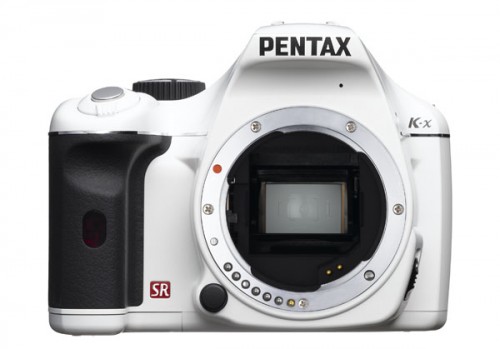Pentax K-7 Digital SLR Camera: Field Test Report
Peter Burian tests this rugged, well-sealed 14.5MP camera with pro caliber versatility and extras such as Movie mode and in-camera HDR
The flagship of the Pentax DLSR series, the K-7 is an unusually rugged semi-professional 14.5 MP camera that’s built like a tank: with a splash-proof magnesium alloy body over a stainless steel chassis. While the 14.5 megapixel K20D is less pricey, the K-7 is even more desirable. This newer model retains all of the K20D’s best features but provides significant benefits: faster (5.2 fps) drive speed, larger 3″ LCD with 920,000 dot resolution, a viewfinder with 100% coverage, plus upgrades for the sensor, processor, autofocus system, built-in image stabilizer and evaluative metering (now with 77 zones). More importantly, the K-7 offers some entirely new functions, including HD Movie mode. (more…)







